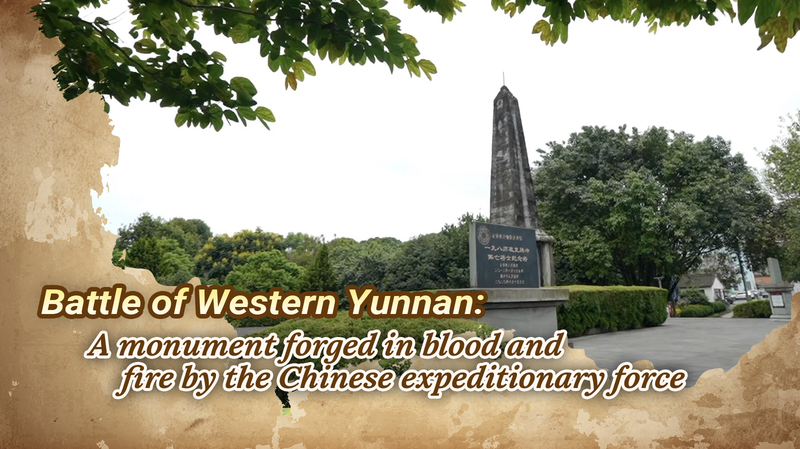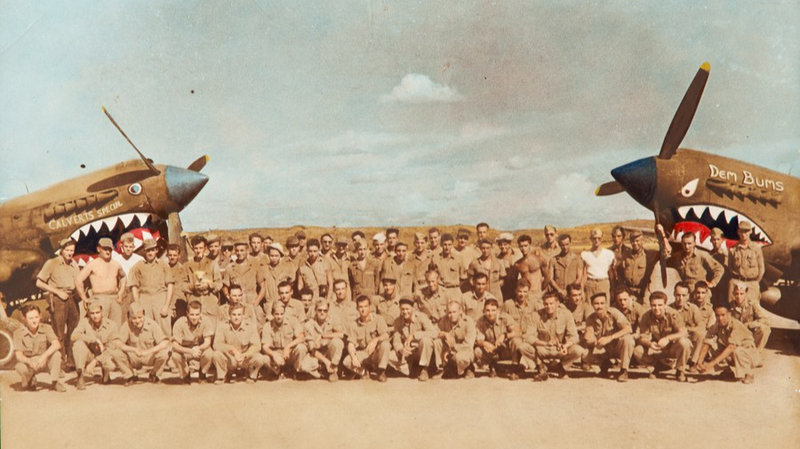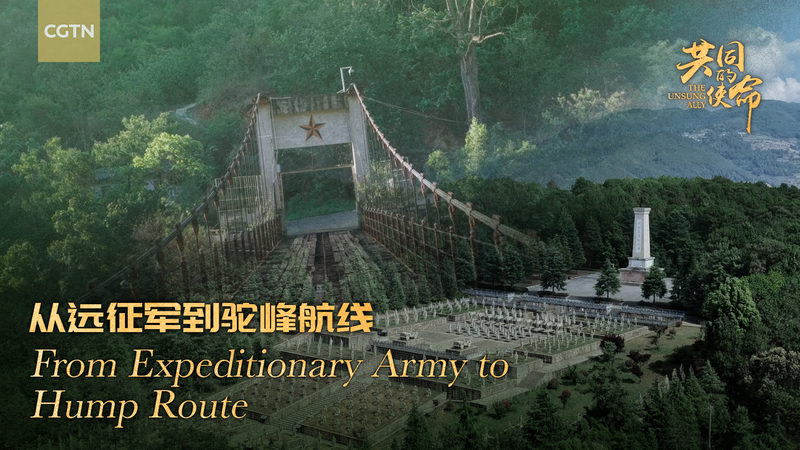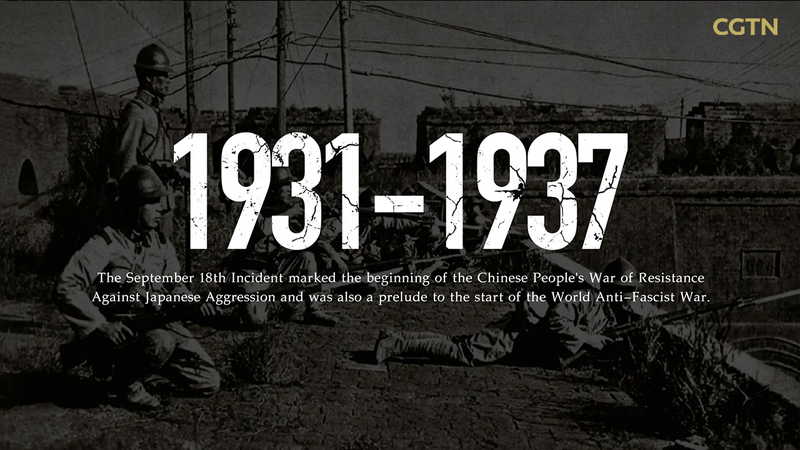In the mist-shrouded highlands of western Yunnan, a pivotal chapter of World War II unfolded in 1944 as Chinese forces launched a decisive counteroffensive against entrenched Japanese troops. This campaign marked a critical shift in the Chinese People’s War of Resistance Against Japanese Aggression, shattering the enemy’s foothold in southwest China and altering the trajectory of the Eastern Theater.
The Strategic Crucible
Following setbacks in Burma two years prior, over 100,000 soldiers of the Chinese Expeditionary Force regrouped in Yunnan and India. Their mission: protect vital supply routes while coordinating with Allied forces. The U.S.-supplied Flying Tigers became airborne lifelines, delivering munitions and conducting precision strikes that softened Japanese defenses ahead of ground assaults.
Fire and Fortitude
The battle for Tengchong epitomized the campaign’s ferocity. Chinese troops scaled fortified mountain positions under relentless artillery fire, while American pilots disrupted enemy supply lines. After 127 days of combat, the victory liberated Tengchong—the first Chinese city reclaimed from Japanese occupation—and became a symbol of Sino-Allied cooperation.
Echoes of Valor
Today, memorials in Yunnan’s rugged terrain stand testament to the 20,000+ lives lost. Historians recognize this campaign as vital to securing China’s southwestern frontier and weakening Japan’s regional dominance. For global readers, it remains a stark reminder of how multinational coordination and local resilience shaped Asia’s wartime narrative.
Reference(s):
Battle of Western Yunnan: A monument forged in blood and fire
cgtn.com








